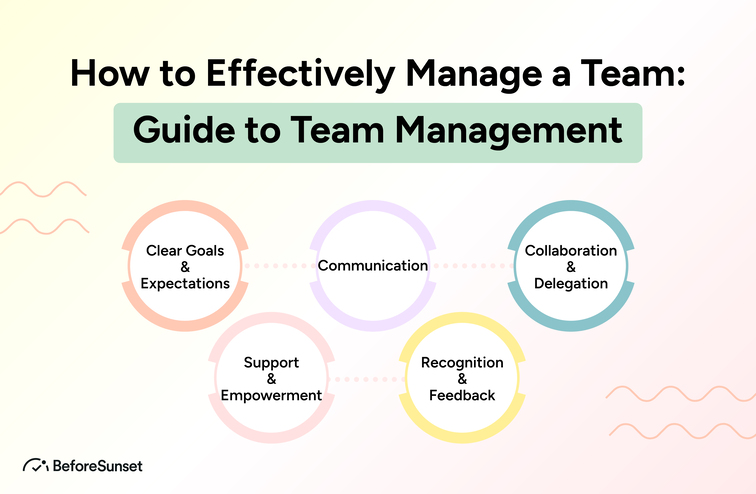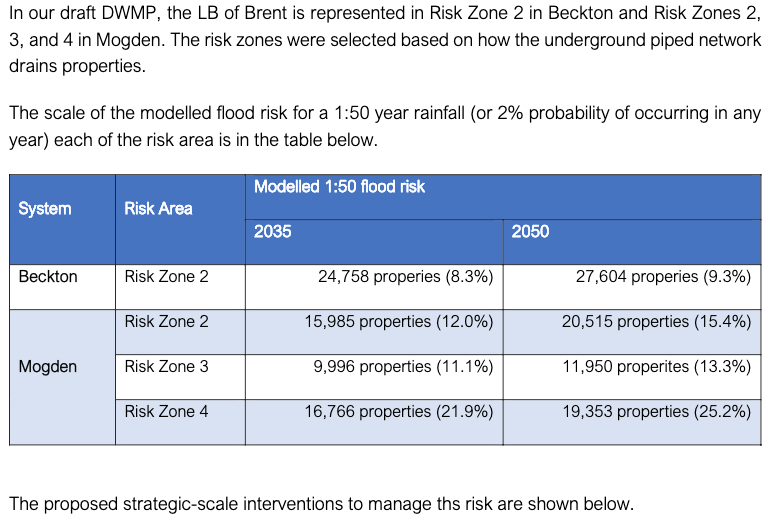Effective Briefs: How To Write, Use, And Manage Them Successfully

Table of Contents
Crafting Effective Project Briefs: A Step-by-Step Guide
A well-structured project brief is the cornerstone of clear communication and efficient project management. Let's explore the key elements of crafting an effective brief:
Defining Objectives and Scope: Setting SMART Goals and Deliverables
Clearly defining your project's goals, target audience, and deliverables is paramount. This ensures everyone is on the same page from the outset. Use the SMART goals framework (Specific, Measurable, Achievable, Relevant, Time-bound) to establish clear objectives.
- SMART Goals Examples: Instead of "Improve website traffic," aim for "Increase website traffic by 20% in the next quarter through targeted SEO campaigns."
- Defining Target Audiences: Create detailed personas representing your ideal customers. Consider demographics, psychographics, and online behavior.
- Outlining Deliverables: Specify exactly what needs to be produced, including timelines and milestones. This might include design mockups, content outlines, technical specifications, or software features, each with its own deadline. Use Gantt charts or other visual aids to represent timelines.
These elements of scope definition are crucial for managing project deliverables effectively.
Communicating the "Why": Setting Context and Background
Don't just tell your team what to do; tell them why it matters. Providing sufficient context and background information ensures everyone understands the project's purpose and importance.
- Incorporating Background Information: Explain the problem the project addresses, the opportunity it presents, or the market need it fulfills.
- Highlighting the Problem: Clearly articulate the challenges the project aims to solve. Quantify the impact of the problem whenever possible.
- Explaining the Business Value: Show how the project contributes to overall business objectives, such as increased revenue, improved customer satisfaction, or enhanced efficiency. This clarifies the project rationale and fosters buy-in.
This clear communication of the project context strengthens team motivation and alignment.
Specifying Requirements and Constraints: Detailing Needs and Limitations
Articulating all necessary requirements and limitations upfront prevents misunderstandings and delays. Be precise and comprehensive.
- Documenting Technical Specifications: Clearly outline technical requirements, including software versions, hardware specifications, API integrations, and data formats.
- Design Requirements: Include detailed design specifications, branding guidelines, style guides, and examples of desired aesthetics. Using mood boards and style guides can be extremely helpful.
- Content Guidelines: Define content style, tone, length, and format requirements. Provide examples where applicable.
- Budget Constraints: Clearly state the allocated budget and how it should be managed.
Using relevant templates can streamline the process of documenting project requirements and resource constraints.
Utilizing Briefs for Enhanced Collaboration and Communication
Effective briefs aren't just documents; they're dynamic tools that facilitate communication and collaboration.
Facilitating Effective Team Communication
A well-written brief serves as a central point of reference, reducing ambiguity and miscommunication among team members.
- Using Briefs for Team Meetings: Use the brief as an agenda for meetings, ensuring everyone is focused on the same key topics and objectives.
- Progress Updates: Regularly refer to the brief to track progress against milestones and identify potential roadblocks.
- Decision-Making: Use the brief as a basis for making informed decisions about project direction and resource allocation. Using a central project management system (like Asana, Trello, or Monday.com) will facilitate this.
Ensuring Stakeholder Alignment
Detailed briefs align expectations across all stakeholders—clients, team members, and management.
- Client Presentations: Use the brief to clearly communicate project goals, deliverables, and timelines to clients, securing their buy-in and approval.
- Securing Approvals: The brief provides a solid foundation for obtaining necessary approvals from various stakeholders at critical project stages.
- Managing Feedback: Regularly review the brief with stakeholders to gather feedback and ensure everyone remains aligned. Schedule brief review sessions throughout the project lifecycle.
Managing Briefs for Optimal Project Workflow
Effective brief management ensures that the document remains current and useful throughout the project.
Version Control and Documentation
Maintain a single source of truth for your brief and track all revisions.
- Version Control Systems: Use version control software like Git to track changes and revert to previous versions if needed.
- Cloud Storage: Store your briefs in the cloud using services like Google Drive, Dropbox, or SharePoint for easy access and collaboration.
- Collaborative Document Editing Tools: Utilize tools like Google Docs or Microsoft Word Online to enable multiple users to edit and comment on the brief simultaneously.
Regular Review and Updates
Regularly review and update your brief to ensure it stays relevant throughout the project lifecycle.
- Schedule Review Meetings: Schedule regular meetings to discuss progress, address any issues, and update the brief as needed. Weekly or bi-weekly reviews are often sufficient.
- Updating and Communicating Changes: Establish a clear process for making updates to the brief and communicating those changes to all stakeholders. Ensure transparency and timely updates.
Conclusion
Creating well-defined project briefs is crucial for project success, driving effective communication and ensuring stakeholder alignment. Successful brief management involves clear communication, version control, and regular review. Master the art of writing effective briefs to transform your project management and achieve superior results. Download our free template for creating effective briefs and start improving your project outcomes today! Learn more about writing effective briefs and unlocking project success.

Featured Posts
-
 Mbarat Qtr Walkhwr Khsart Thqylt Bmsharkt Ebd Alqadr
May 23, 2025
Mbarat Qtr Walkhwr Khsart Thqylt Bmsharkt Ebd Alqadr
May 23, 2025 -
 Hzymt Qtr Amam Alkhwr Dwr Ebd Alqadr Fy Almbarat
May 23, 2025
Hzymt Qtr Amam Alkhwr Dwr Ebd Alqadr Fy Almbarat
May 23, 2025 -
 Fast Bowlers Remarkable Climb A Zimbabwean Success Story
May 23, 2025
Fast Bowlers Remarkable Climb A Zimbabwean Success Story
May 23, 2025 -
 After Royal Albert Hall Incident The Who Drummers Statement On His Departure
May 23, 2025
After Royal Albert Hall Incident The Who Drummers Statement On His Departure
May 23, 2025 -
 Jesse Eisenbergs Relaxed Casting Approach Kieran Culkins A Real Pain Experience
May 23, 2025
Jesse Eisenbergs Relaxed Casting Approach Kieran Culkins A Real Pain Experience
May 23, 2025
Latest Posts
-
 Investigation Reveals Najib Razaks Potential Role In French Submarine Corruption
May 23, 2025
Investigation Reveals Najib Razaks Potential Role In French Submarine Corruption
May 23, 2025 -
 Is The Pilbara A Wasteland Rio Tintos Perspective
May 23, 2025
Is The Pilbara A Wasteland Rio Tintos Perspective
May 23, 2025 -
 3 Billion Spending Cut By Sse A Sign Of Economic Uncertainty
May 23, 2025
3 Billion Spending Cut By Sse A Sign Of Economic Uncertainty
May 23, 2025 -
 Scrutiny Of Thames Water Executive Bonuses Were They Justified
May 23, 2025
Scrutiny Of Thames Water Executive Bonuses Were They Justified
May 23, 2025 -
 Submarine Bribery Case French Prosecution Targets Malaysias Former Prime Minister Najib
May 23, 2025
Submarine Bribery Case French Prosecution Targets Malaysias Former Prime Minister Najib
May 23, 2025
